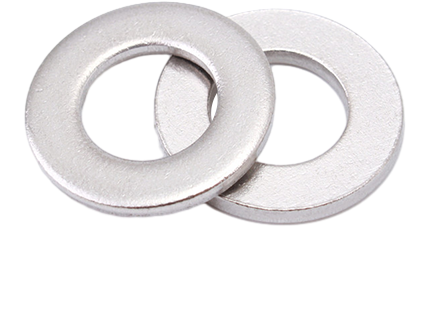oem tighten bolts
Dec . 03, 2024 15:37 Back to list
oem tighten bolts
The Importance of Proper Bolt Tightening in OEM Applications
In the realm of manufacturing and assembly, especially within Original Equipment Manufacturing (OEM), the role of fasteners, particularly bolts, cannot be overstated. Bolts are essential for ensuring the integrity, safety, and performance of various components and systems. One crucial aspect of working with bolts is the process of tightening, which, if not done correctly, can lead to mechanical failure, safety hazards, and increased production costs. This article will explore the significance of proper bolt tightening in OEM applications, covering techniques, tools, and best practices to ensure efficacy.
Understanding the Science of Bolt Tightening
Tightening bolts is not merely about applying torque; it’s a delicate process that requires a thorough understanding of materials and mechanical principles. When a bolt is tightened, it is subjected to tension as the threads pull against each other. Properly tightened bolts create a clamping force, which holds components together while also allowing for thermal expansion and contraction.
One vital concept related to bolt tightening is the bolt's preload. This is the initial tension created in the bolt and is crucial for maintaining joint integrity. Insufficient preload can lead to joint separation under load, while excessive preload can cause bolt material fatigue or even failure.
Tools and Techniques for Bolt Tightening
To achieve the desired preload, OEM engineers and technicians often utilize a variety of tools and techniques tailored to specific assembly requirements. Some of the most common tools include
1. Torque Wrenches These are perhaps the most recognized tools for tightening bolts. They allow the operator to apply a specific amount of torque, ensuring that bolts are tightened to the manufacturer’s specifications. Regular calibration of these wrenches is essential to maintain accuracy.
2. Angle Torque Methods In some applications, particularly where the friction between the bolt and the nut can vary, measuring the angle of rotation after initial torque can provide more reliable clamping force than torque alone.
3. Torque-to-Yield This method involves tightening the bolt past its elastic limit to create a controlled amount of plastic deformation, which can enhance joint integrity in high-stress applications.
oem tighten bolts

4. Hydraulic and Pneumatic Tools For large-scale manufacturing, hydraulic and pneumatic torque wrenches can apply higher torque levels with precision and speed, improving productivity while ensuring accuracy.
Best Practices for Bolt Tightening
Adopting best practices in bolt tightening can significantly affect the longevity and reliability of components in OEM applications. Here are several critical recommendations
1. Follow Manufacturer Specifications Always adhere to the OEM specifications regarding bolt size, grade, lubrication, and the recommended tightening method. This ensures that the load distribution is optimally managed.
2. Clean and Inspect Fasteners Before tightening, ensure that bolts and the joint surfaces are clean and free from debris. Inspect for any defects, such as cracks or corrosion, which could compromise the joint.
3. Use Lubricants Wisely Applying lubricant can reduce friction and ensure more precise torque application. However, it’s essential to know when and how much lubricant to use, as too much can lead to overstretching.
4. Employ a Sequence For assemblies with multiple bolts, use a specific bolting sequence (such as star or circular patterns) to ensure even load distribution and avoid warping or misalignment of components.
5. Verification After tightening, conduct verification measures, such as re-checking torque levels, to ensure that all bolts are secure.
Conclusion
Effective bolt tightening in OEM applications is integral to the safety and functionality of manufactured products. By utilizing appropriate tools, adhering to best practices, and understanding the mechanics behind the process, manufacturers can prevent mechanical failures, enhance performance, and ultimately reduce costs associated with repairs and warranty claims. As technology continues to evolve, so too will the methods and tools available for bolt tightening, paving the way for even greater reliability and innovation in OEM manufacturing processes. Implementing these principles will ensure that components remain secure under varying operational conditions, contributing to overall project success.
Latest news
-
High-Quality Panel Stud Bolt Reliable Panel Stud Bolt Factory & Suppliers
NewsJul.08,2025
-
High-Precision Fine Thread Locknuts Manufacturer & Supplier Custom Solutions
NewsJul.08,2025
-
PH Imperial Stud Bolt – High Strength Fasteners from Leading Supplier & Factory
NewsJul.07,2025
-
High-Quality Allen Wrench Bolts Leading Factory, Company & Suppliers
NewsJul.07,2025
-
Wholesale Ball Stud Bolt - High Quality Supplier & Factory Price Reliable Wholesale Ball Stud Bolt Company
NewsJul.06,2025
-
High-Strength Alloy Bolts Manufacturer & Supplier Quality Alloy Fasteners Factory
NewsJul.06,2025
